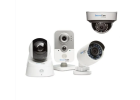
Categories of Surveillance Cameras
Modern surveillance cameras are classified into several groups based on technology, resolution, and application.
1. Based on Technology
IP (Network) Cameras
- IP cameras connect directly to the internet, enabling remote access and advanced features.
- Ideal for commercial setups requiring integration with cloud storage or software.
Analog Cameras
- Traditional cameras transmitting video over coaxial cables.
- Reliable and cost-effective for small-scale installations.
AHD, HDTVI, HDCVI Cameras
- These high-definition analog cameras provide resolutions up to Full HD.
- Combine the simplicity of analog setups with the clarity of digital solutions.
2. By Resolution
Standard Resolution Cameras
- Resolution ranges between 500–600 TVL, suitable for basic surveillance in residential areas.
- Cost-effective and reliable for homes or small offices.
High-Resolution (HD) Cameras
- Resolutions range from 1–5 megapixels, catering to detailed monitoring in offices and retail spaces.
- Advanced AHD cameras now rival IP systems in affordability and performance.
3. By Application
Remote Monitoring Cameras
- Equipped for internet-based access, these cameras allow monitoring from anywhere via apps or software.
- Options include wired, WiFi-enabled, and 3G/4G cameras.
Remote Monitoring Cameras
Advantages
- Global Accessibility:
- Monitor your property from anywhere using the internet.
- Scalability:
- Suitable for large networks with multiple camera feeds.
Considerations for Setup
- Internet Speed:
- Wired connections offer better stability compared to 3G/4G setups.
- Cloud Services:
- Opt for models compatible with cloud platforms for simplified storage.
Challenges with Wireless Models
- Bandwidth Limitations:
- Streaming video requires substantial data transfer, leading to potential connectivity issues.
- Cost:
- 3G/4G-enabled cameras incur additional costs for hardware and data plans.
Choosing the Right Camera Model
Key Factors to Consider:
- Environment:
- Indoor or outdoor, with appropriate weatherproofing for outdoor models.
- Resolution Needs:
- High-resolution models for detailed surveillance, standard models for general coverage.
- Connectivity Options:
- Wired for reliability, wireless for flexibility.
- Advanced Features:
- Features like motion detection, night vision, and remote access add value.
Conclusion
The wide variety of surveillance camera models ensures there’s an option for every security need. Whether it's a high-definition AHD camera for clear footage or an IP model for remote monitoring, selecting the right camera involves balancing cost, features, and ease of installation.
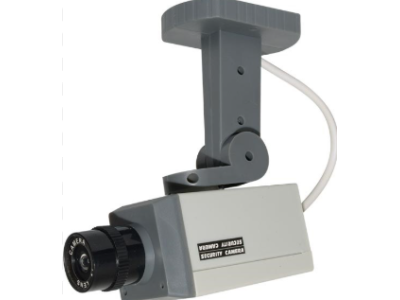
11/01/2025
100
Dummy Surveillance Cameras
Dummy Surveillance Cameras: Affordable Security SolutionsDummy surveillance cameras are a clever and cost-effective way to deter criminal activity and ensure safety. These non-functional devices are designed to mimic real surveillance cameras, creating the illusion of monitored security.Why Choose D..

11/01/2025
98
Vandal-Resistant Cameras for Outdoor Surveillance
Vandal-Resistant Cameras for Outdoor Surveillance: Features and InstallationVandal-resistant cameras are essential for securing high-traffic areas, outdoor environments, and locations prone to physical damage. Designed to withstand weather, impacts, and tampering, these cameras provide reliable prot..
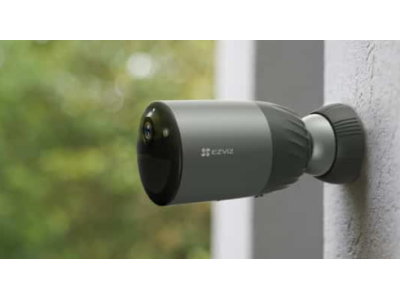
11/01/2025
93
Outdoor Surveillance Cameras
Outdoor Surveillance Cameras: Key Features and Installation GuideOutdoor surveillance cameras face unique challenges such as varying light conditions, extreme weather, and potential mechanical impacts. Selecting the right camera involves balancing technical specifications with environmental factors...
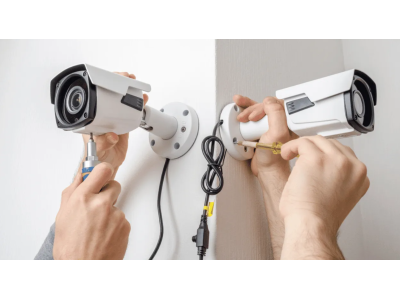
11/01/2025
101
How to Set Up and Optimize Surveillance Camera Recording
How to Set Up and Optimize Surveillance Camera RecordingRecording is a critical feature of surveillance systems. Properly configuring your cameras ensures efficient storage use and reliable event monitoring. Below, we explore the essential settings and advanced features to optimize your system.Basic..

11/01/2025
105
Surveillance Cameras with Recording
Surveillance Cameras with Recording: Features and UsesModern surveillance cameras offer a range of recording options, from SD cards to USB drives and hard disks. These systems provide flexibility for home, office, and outdoor security needs.Recording Options for Surveillance CamerasRecording to SD C..
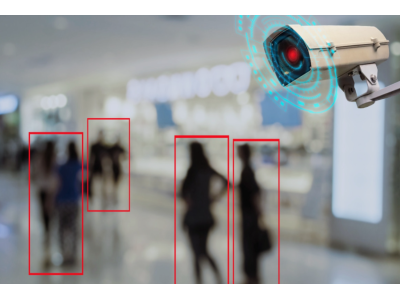
11/01/2025
103
Surveillance Cameras with Motion Sensors
Motion Sensor Surveillance Cameras: Efficiency and ApplicationsMotion sensor cameras enhance surveillance systems by improving storage efficiency and offering immediate alerts. Whether for home, office, or remote locations, they are a versatile choice for modern security needs.Key Features of Motion..
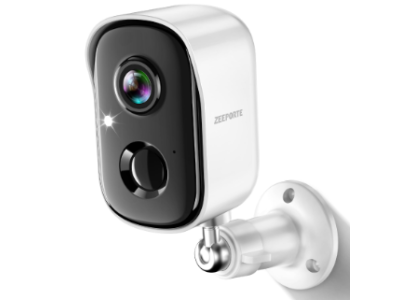
11/01/2025
119
Home Security Cameras
Home Security Cameras: A Guide to Choosing the Right SystemSetting up a home surveillance system is essential for security and peace of mind. From indoor monitoring to outdoor security, selecting the right camera depends on your specific needs, budget, and home layout.Types of Home Surveillance Came..
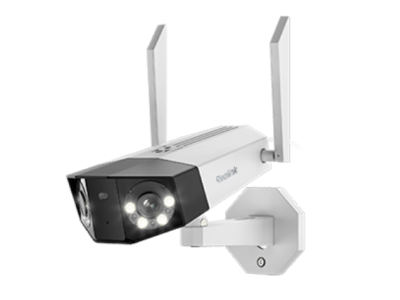
11/01/2025
99
WIFI Surveillance Cameras
Introduction to WIFI Surveillance CamerasWIFI surveillance cameras offer a modern solution for wireless monitoring, reducing the need for complex cabling and enhancing mobility. They are ideal for various environments, including homes and outdoor spaces, providing flexibility and ease of installatio..
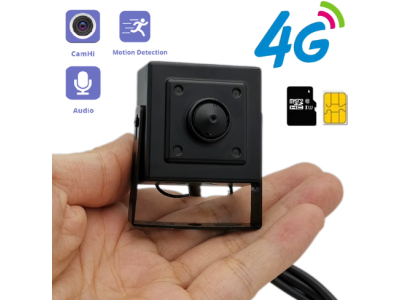
11/01/2025
116
GSM and 3G Surveillance Cameras
Understanding GSM Surveillance CamerasHow GSM Cameras WorkGSM cameras are designed for basic surveillance tasks, primarily capturing still images rather than streaming video. They integrate:A surveillance cameraA motion detectorA GSM module for image transmissionUpon detecting motion, these cameras ..
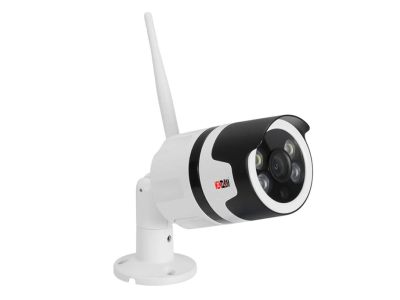
11/01/2025
109
Wireless Surveillance Cameras
Why Choose Wireless Surveillance Cameras?Wireless cameras offer several advantages over traditional wired systems, making them a popular choice for modern security setups.Key Benefits:Ease of Installation:No need for extensive wiring, preserving interior and exterior aesthetics.Flexibility:Easily re..
Showing 1 to 10 of 10 (1 Pages)
